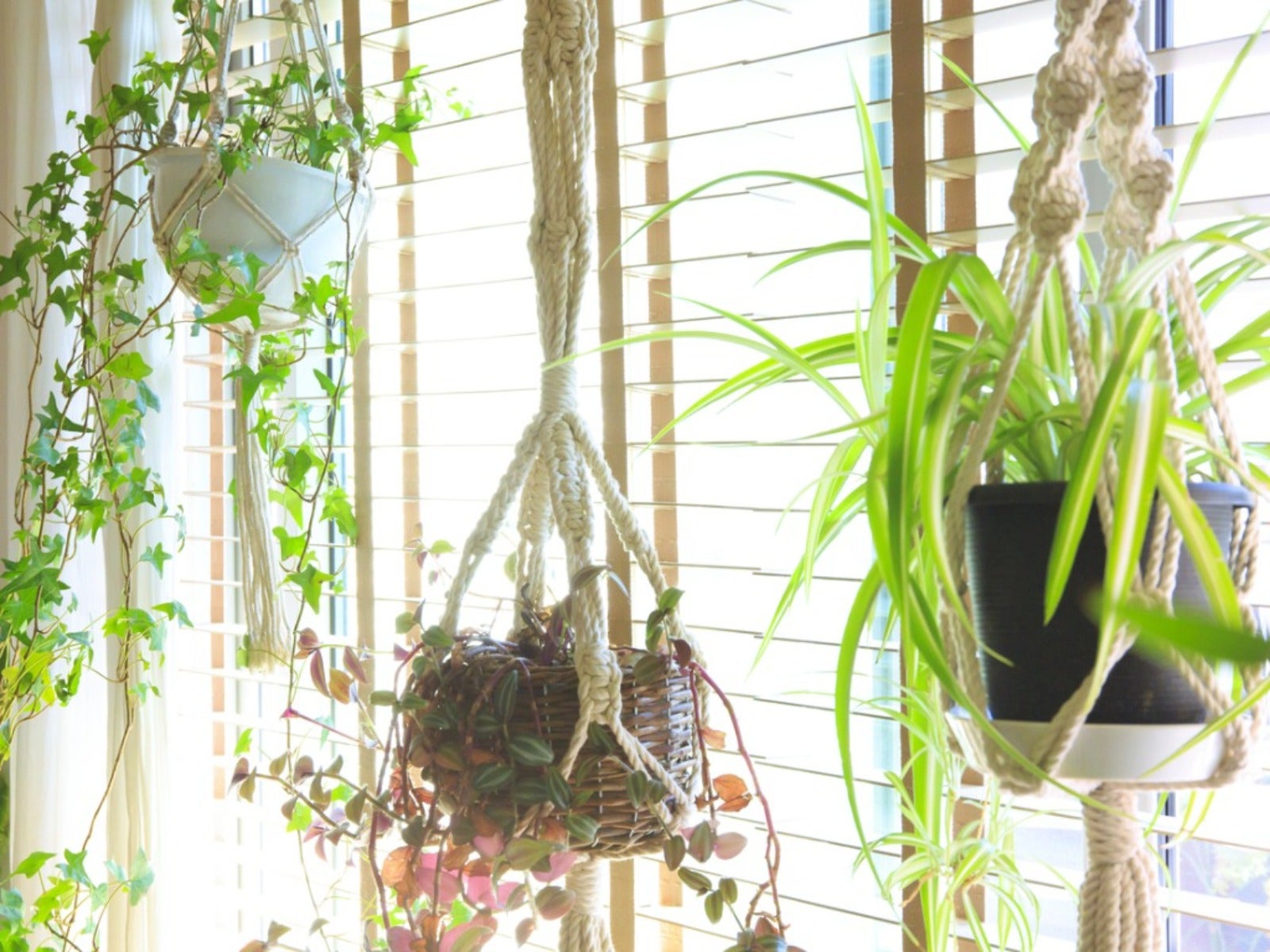How To Grow A Groovy 1970s Garden Indoors Or Outdoors


The 70s seem like a simpler time. The past often does, and while that might not be the reality, it’s fun to spend some time there. If you love the decade, why not do some 1970s landscaping? Choose popular 1970s houseplants, accessories, and décor to create an homage to your favorite times past. Here are some ideas to get you started.
Keep it Natural
Many people in the 1970s wanted to get back to nature. They were pushing back on the perfectly manicured lawns and white picket fences of the 1950s and 1960s and were embracing the hippie sensibility.
A natural lawn alternative is making another comeback today, so you won’t be too out of place converting some of your yard to a meadow, prairie or natural wetland.
Start a Vegetable Garden
There was nothing new about vegetable gardens in the 70s, but they certainly came back into fashion. The trend in growing vegetables was another rejection of the sterility of the suburban turf yard. Tuck a vegetable patch into a corner of your natural yard for the ultimate 70s throwback.
Grow a Lush Indoor Garden
Millennials have brought back this trend that began with young people in the 1970s. At the time, it was unusual to grow a lot of plants indoors. Young adults of the era rejected 1950s and 1960s cookie-cutter homes and interior design and opted for a more natural look.
Especially popular in the 1970s were jungle-like indoor gardens, overflowing with houseplants. Young people of the 1970s also embraced balcony or fire escape gardens when faced with small or non-existent outdoor spaces.
Choose Popular 1970s Plants
Whether gardening inside, outdoors, or both, select some of these plants that were trending in the 1970s:
Sign up for the Gardening Know How newsletter today and receive a free copy of our e-book "How to Grow Delicious Tomatoes".
- Wildflowers -- In keeping with the natural theme of the 70s, choose wildflowers to craft natural beds in the garden or even open meadows. Species native to your area are best.
- Indoor Oak -- A New York Times article from 1970 described Nicodemia diversifolia as a welcome and woodsy change from green plants. This small shrub native to Madagascar does have green leaves, but it’s very woody too. Grow it as a shrubby container plant.
- Variegated Wax Ivy -- Often called parlor ivy or jade vine in the 1970s, variegated Senecio macroglossus is best known today as variegated wax ivy. A trailing plant with ivy-shaped leaves and white and green coloring, this is a gorgeous house or hanging plant.
- Philodendron -- As a houseplant, philodendron never goes out of style. Varieties popular in the 1970s include the then new Red Emerald with big, waxy leaves and red stems and flowers and Emerald Queen, a climbing philodendron.
- Mini plants -- A fun novelty in the 1970s was any diminutive houseplant or groundcover. Popular examples include mini begonias and prostate peperomia. The latter is particularly good for terrariums, another 70s trend.
Include 1970s Décor and Accessories
Plants alone will not give your garden or home the 70s vibe you crave. Accessories are essential for getting the right aesthetic, which in the 1970s included bold, earthy colors, psychedelic and hippie influences, natural materials, soft lines, and swirly patterns.
Incorporate some of these styles, aesthetics, and trends to add authenticity to your 1970s indoor plants and gardens:
- Macrame planters -- Few materials are more emblematic of the 70s than macrame. A simple knotting of cords led to these complex designs, often used for hanging plants. You can’t have a throwback indoor garden without a 1970s macrame plant hanger or 20.
- Rattan garden furniture -- Natural materials were all the rage in the 1970s, and rattan was especially popular. Rattan is a palm that creates sturdy vines perfect for weaving into even sturdier furniture. Choose rattan pieces for your patio or sunroom and add cushions with groovy fabric prints.
- Garden ornaments -- Garden ornaments have come and gone, but they were very trendy in the 1970s. A quick online search will turn up authentic vintage pieces you can still buy, including 70s garden gnomes, animal figurines, lanterns, and more.
Some people want the 1970s to stay in the past. But if you embrace the decade, expressing the 70s in your garden is a great way to enjoy it.

Mary Ellen Ellis has been gardening for over 20 years. With degrees in Chemistry and Biology, Mary Ellen's specialties are flowers, native plants, and herbs.